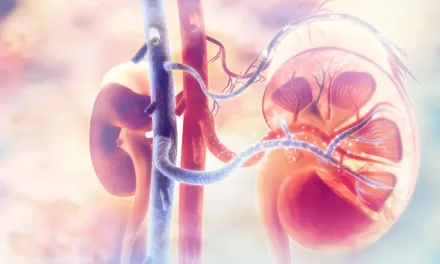The European Medicines Agency’s Committee for Medicinal Products for Human Use has endorsed the approval of two vaccines designed for active immunization against the H5N1 subtype of the influenza A virus, commonly known as avian influenza or bird flu.
Celldemic is a zoonotic H5N1 influenza vaccine aimed at actively immunizing adults and infants from 6 months old during influenza outbreaks originating from animals. This includes scenarios where health authorities anticipate a potential pandemic.
Incellipan, on the other hand, is a pandemic preparedness H5N1 vaccine intended for deployment exclusively upon the official declaration of a flu pandemic. Upon identifying the responsible virus strain, the manufacturer can integrate it into the authorized vaccine and then seek approval for the “final” pandemic vaccine. This accelerated authorization process is facilitated by the prior evaluation of its quality, safety, and efficacy against other potential pandemic strains.
While most cases of avian influenza in humans result from bird-to-human transmission, there have been instances of transmission from other sources, such as contaminated environments. Whereas some avian viruses cause mild or no disease in humans, others, like the H5N1 subtype, can lead to severe illness or death.
Symptoms of avian influenza range from asymptomatic or mild cases, with conjunctivitis or mild flu-like upper respiratory symptoms, to severe conditions requiring hospitalization, such as pneumonia. Common symptoms include fever, cough, sore throat, runny or stuffy nose, muscle or body aches, headaches, fatigue, and difficulty breathing. Less frequent symptoms include diarrhea, nausea, vomiting, or seizures.
Celldemic will be available as a 7.5-µg per 0.5-mL dose suspension for injection, containing hemagglutinin and neuraminidase surface antigens purified from inactivated A/turkey/Turkey/1/2005 (H5N1)-like strain (NIBRG 23) viruses produced in MDCK cell cultures, along with the adjuvant M59C.1.
Similarly, Incellipan will be provided as a 7.5-µg per 0.5 mL dose suspension for injection, comprising hemagglutinin and neuraminidase surface antigens purified from inactivated A/turkey/Turkey/1/2005 (H5N1)-like strain (NIBRG 23) viruses produced in MDCK cell cultures and the adjuvant M59C.1.
Both vaccines elicit a robust immune response in adults and children three weeks after two doses administered at a three-week interval, as measured by hemagglutination inhibition titers against H5N1. Common side effects align with those typical of vaccinations, including pain at the injection site, fatigue, headache, malaise, myalgia, arthralgia, and other age-specific reactions.











